In Ruaha National Park, Tanzania, pastoral farmers share land with potentially dangerous predators, often leading to untimely deaths for livestock – as well as for wild animals, when humans intervene. PhD student Leejiah Dorward is interviewing farmers to gather data for the Ruaha Carnivore Project, which aims to reduce human-lion conflict. He describes a day in the field
5.00 am: Early start
Days always start with an early alarm. Pastoralists spend a lot of time in the bush grazing their cattle, so to have any chance of finding people in their homes to interview, we have to arrive at dawn. This means getting up in the dark, throwing our equipment into a bag and hitting the road. It can be anything from five minutes to an hour-and-a-half motorbike ride on rough dirt roads to get to our first site.
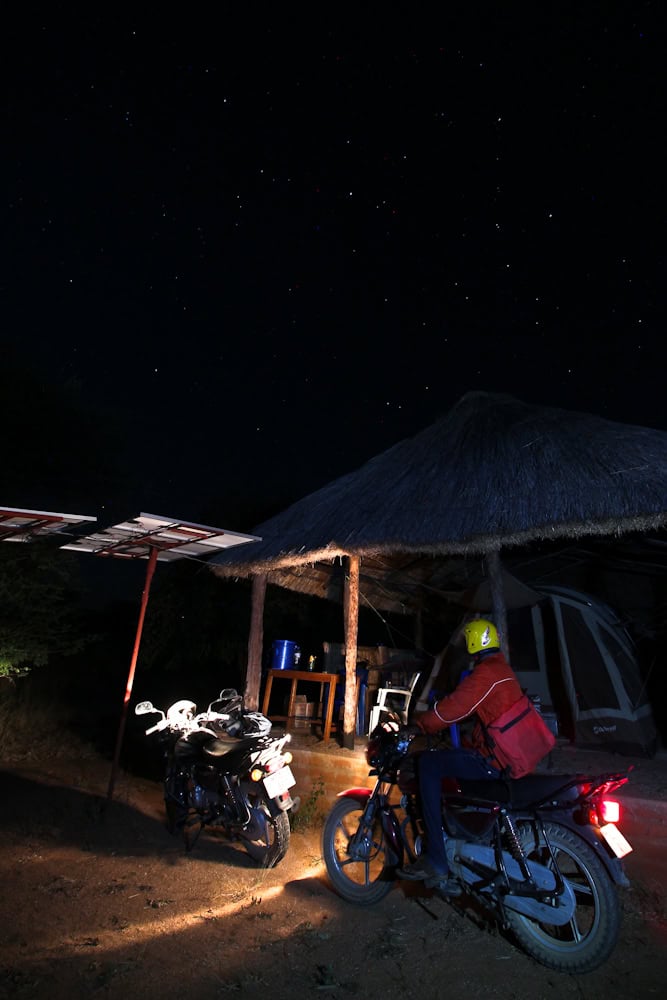
Heading out on the road before sunrise to get to interviews
6.45 am: The bush
Once we get off the roads and on to cattle trails, the thickness of the bush means we can’t usually see more than 30 metres in any direction. But if our GPS points are correct we normally have few problems finding bomas – the thick circular fences made from thornbush branches to contain livestock and keep out predators. The park holds 10 per cent of the world’s lions, as well as large populations of wild dog and cheetah. The size and thickness of bomas is often a good indicator of how frequently predators attack livestock in that area, with sturdier bomas generally used where more predators roam.
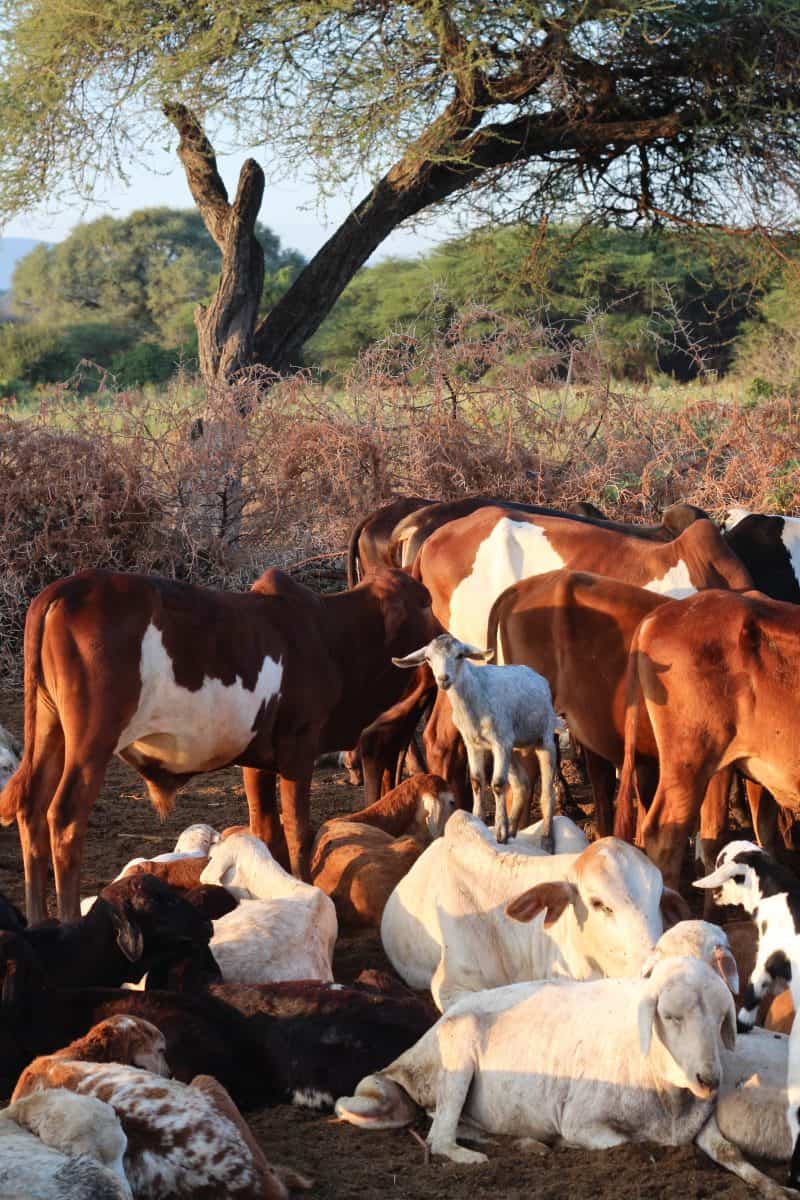
A Masai farmer’s livestock
6.50 am: Meeting farmers
The Ruaha Carnivore Project (RCP) has good relations with pastoralists across the landscape so people are mostly very welcoming. The odd person can be suspicious that we’re surreptitiously searching for illegal bushmeat or wanting to move people off their land to protect wildlife. But with my field team consisting of one Masai and one Barbaig assistant, (the two main pastoral tribes in the area), these fears are quickly allayed and very few have refused to take part.
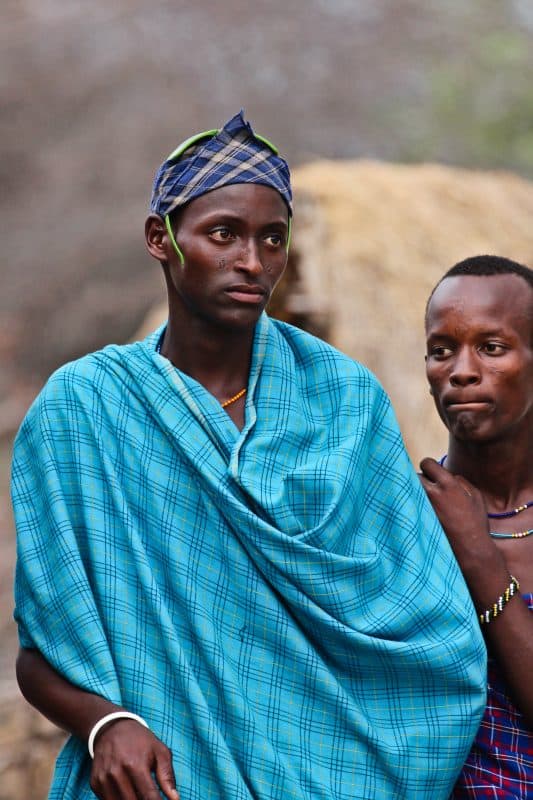
A pastoral farmer from the Barbaig tribe
7.00 am: Interviews
When bomas are easy to find and lots of people are home, we may manage 10 interviews, but on bad days as few as two or three. We start with a short wildlife test to gauge how well interviewees recognise different species by sight, calls and tracks. If they display solid knowledge, we continue with a mapping exercise to determine what carnivore and prey species they have seen within a 2km radius of their home in the past month. We end by asking about livestock losses due to carnivores and which predators people think are responsible.
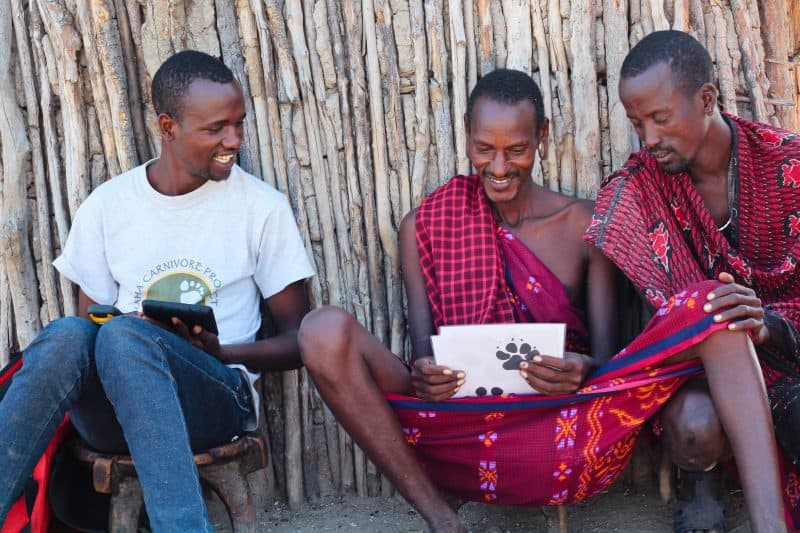
Masai farmers being interviewed
1.00 pm: Lunch
By now nearly all pastoralists are out herding their cattle so we head to a local cafe for a rice, omelette or ugali lunch and upload the interview data from our tablets to an internet server using the mobile phone network.
The interviews will help us understand where and why carnivore attacks on livestock occur
3.00 pm: Data sorting
Back at base – either the RCP field camp or a local guesthouse – we refuel and tinker with the bikes if any minor repairs are needed and make sure the tablets are charged for the next day. I then collate the interview data and record information on any significant wildlife sightings. Though the park is the largest in Tanzania, it’s biologically very understudied. As a result we’ve found 10 reptile species outside of their current known ranges and have recorded hundreds of bird sightings, all of which will be submitted to other scientists.
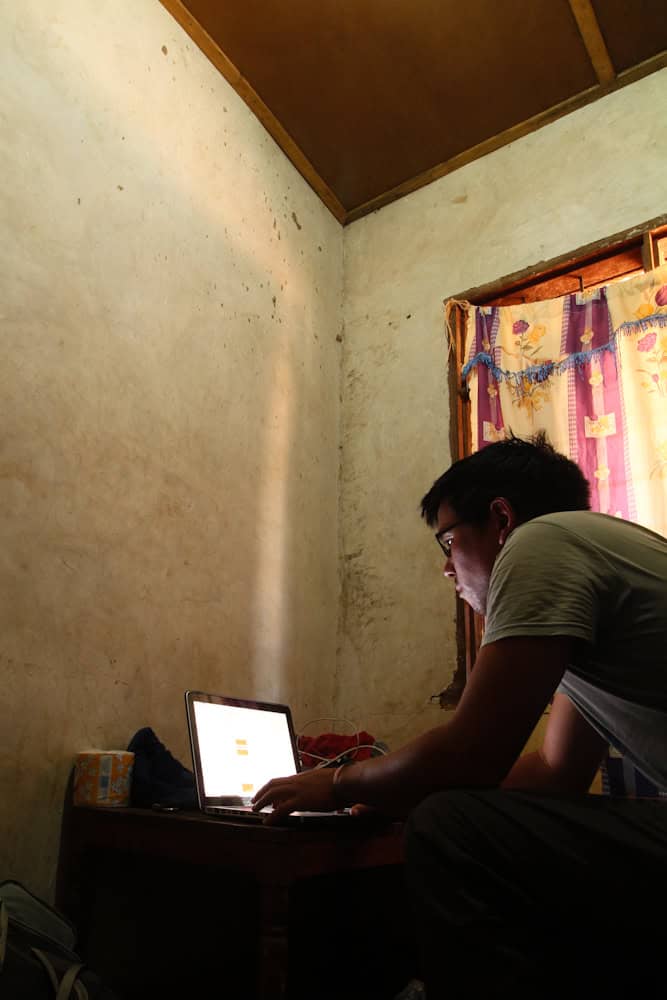
Leejiah at work
6.00 pm: Rest and relax
It’s now dark and time for dinner; the same options as for lunch are enjoyed with a beer. Afterwards there’s time for a cold bucket shower before bed.
8.00 pm: Reflection
All 175 bomas in the park will be surveyed every two months over a year as the presence of wildlife is highly seasonal. The interviews will be combined with other RCP data, such as camera trap sightings of predators, to help us understand where and why carnivore attacks on livestock occur and the factors that increase or decrease the risk of attacks happening. This information can then be used to inform other RCP programmes, such as livestock guardian dogs and improved boma structures, prioritising the highest risk areas to maximise the project’s impact.
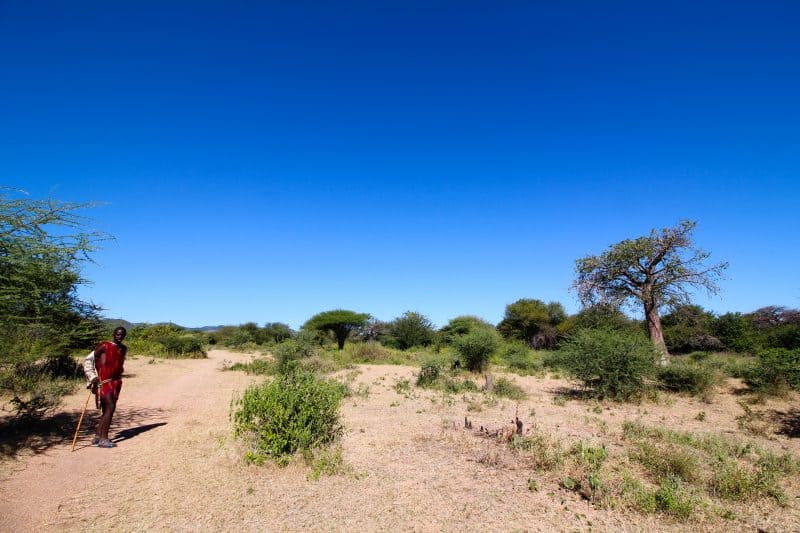
Walking in the bush with a Masai man to map around his home
Main image: An adult male lion in Ruaha National Park, Tanzania. Credit: Pius Mahimbi
All other photography by Leejiah Dorward
